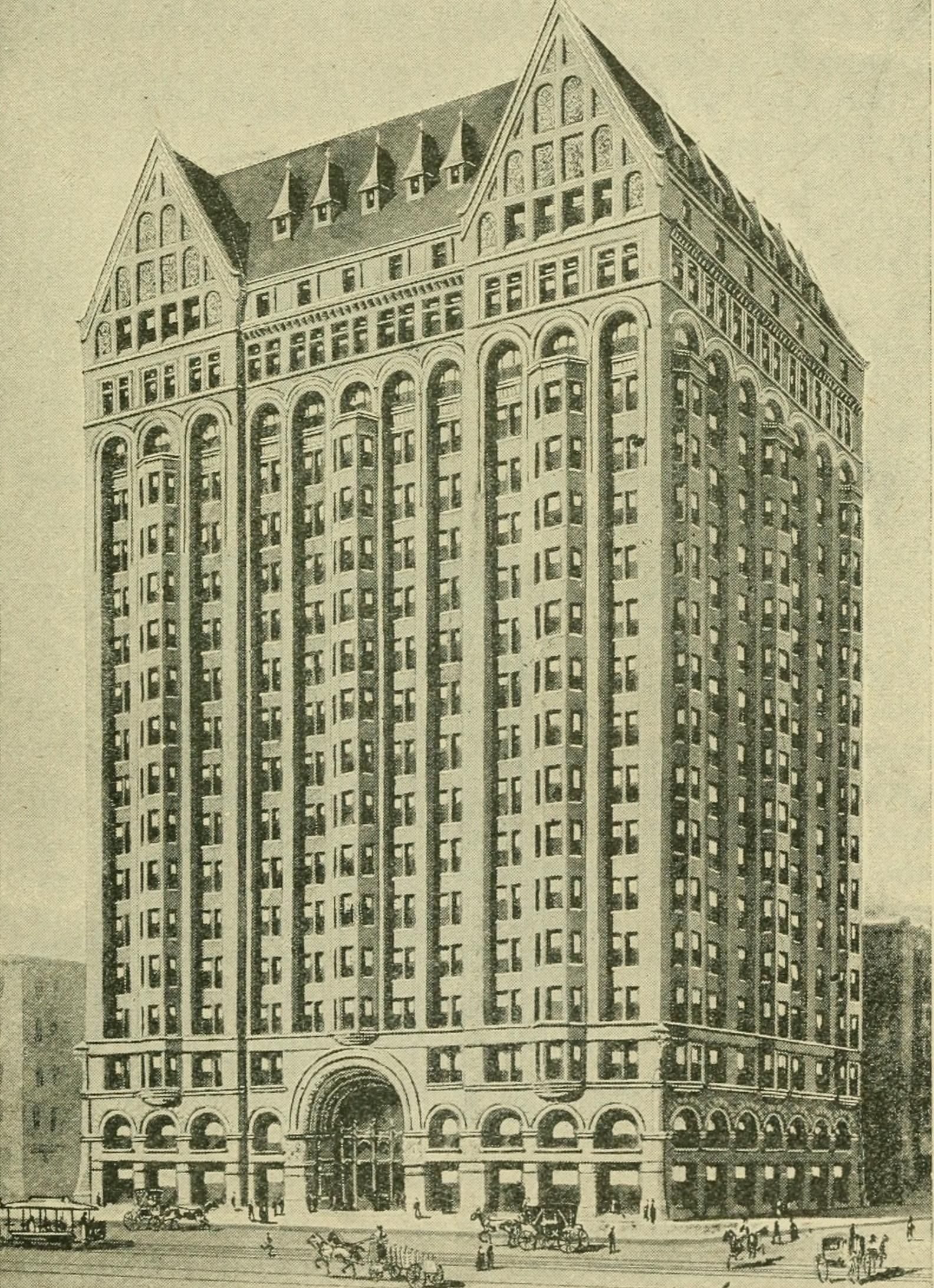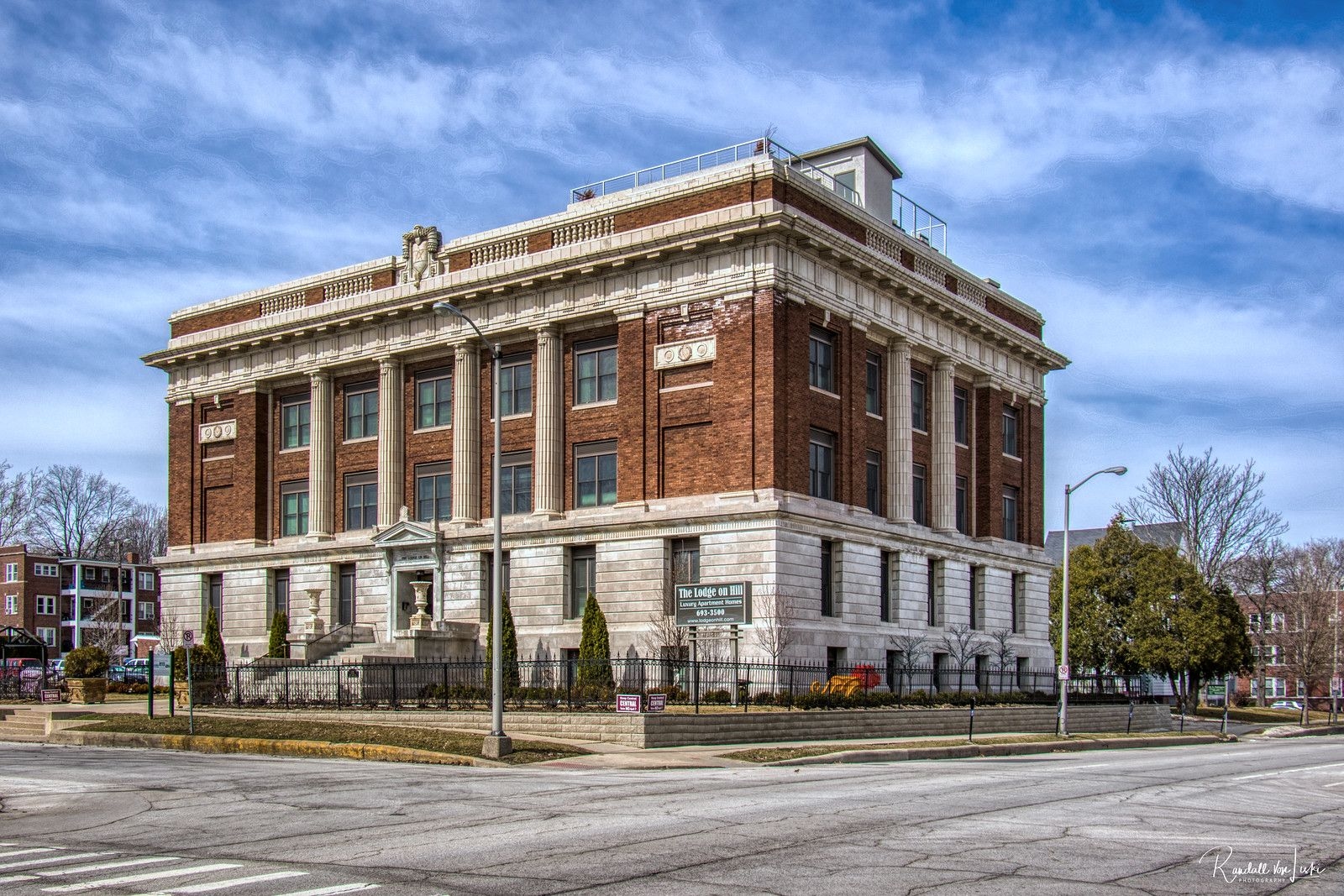Landmarks of the Craft: A Tour of Historic Masonic Lodges in Illinois


Chicago's Oldest: Oriental Lodge No. 33
In the heart of Chicago, the legacy of Freemasonry runs deep. The city's oldest Masonic lodge, Oriental Lodge No. 33, was founded on October 9, 1845, when Chicago was still a young and burgeoning city. Its early membership rolls included many of the city's founding fathers and civic leaders, men who were simultaneously building a great metropolis and a strong fraternal community.
The lodge's history mirrors that of the city. Its first hall was destroyed in the Great Chicago Fire of 1871, a testament to the resilience of both the city and the lodge, which quickly rebuilt. Today, after over 175 years of continuous tradition, Oriental Lodge No. 33 meets at the Jefferson Park Masonic Temple on the city's northwest side, a beacon of brotherhood that continues to carry on its proud legacy.

The Lost Skyscraper: Chicago's Masonic Temple Building
For a time, the most prominent symbol of Freemasonry's influence in Illinois was a towering skyscraper that dominated the Chicago skyline. The Masonic Temple Building, located on the corner of State and Randolph Streets, was completed in 1892. At 21 stories, it was a marvel of modern engineering and, for a period in the 1890s, the tallest building in Chicago.
This magnificent structure, with its grand central rotunda and numerous lodge rooms, halls, and offices, was a bold declaration of the fraternity's civic and cultural importance in the late 19th century. It was conceived as "a city under one roof," a hub of Masonic activity and commerce. Though the building was eventually demolished in 1939 to make way for a new subway, its memory remains as a symbol of the "golden age" of fraternalism in Illinois.

Architectural Symbolism: A Building as an Allegory
When observing these historic Masonic temples, it becomes clear that their design is often deeply symbolic. The architecture itself is meant to be an allegory, a physical representation of the spiritual temple that Freemasons are taught to build within themselves. The frequent use of classical architectural orders—the sturdy Doric, the elegant Ionic, and the ornate Corinthian—is not merely decorative; these styles are used within Masonic ritual to teach lessons about wisdom, strength, and beauty.
The very layout of the lodge room, oriented from east to west, and the prominent placement of the Square and Compasses on the building's facade are all intentional design choices that reflect Masonic teachings. These buildings were designed to be more than functional; they were meant to be inspiring, to elevate the mind, and to serve as a constant, visible reminder of the high ideals of the Craft.
As you travel through Illinois, these Masonic landmarks stand as silent witnesses to history. They are not merely relics of a bygone era but are, in many cases, still active centers of community, charity, and fellowship. They are the physical legacy of the generations of Illinois Masons who worked to build not only magnificent structures of stone and steel but a better world around them.
.jpg&w=3840&q=100)
Discover the life of Shadrach Bond, the pioneer who served as Illinois' first Governor and laid the foundation for the state's Freemasonry

In a war that pitted brother against brother, Illinois Masons faced a challenge. Discover the story of Masonic war certificates and brotherhood.

Freemasonry's core tenets are Brotherly Love, Relief, and Truth. See how Illinois Masons act on these through their extensive charitable programs.

From a single lodge in the frontier town of Kaskaskia in 1805, discover the rugged origins of Illinois Freemasonry and its role in shaping the state.
Comments
No comments yet. Be the first to comment!